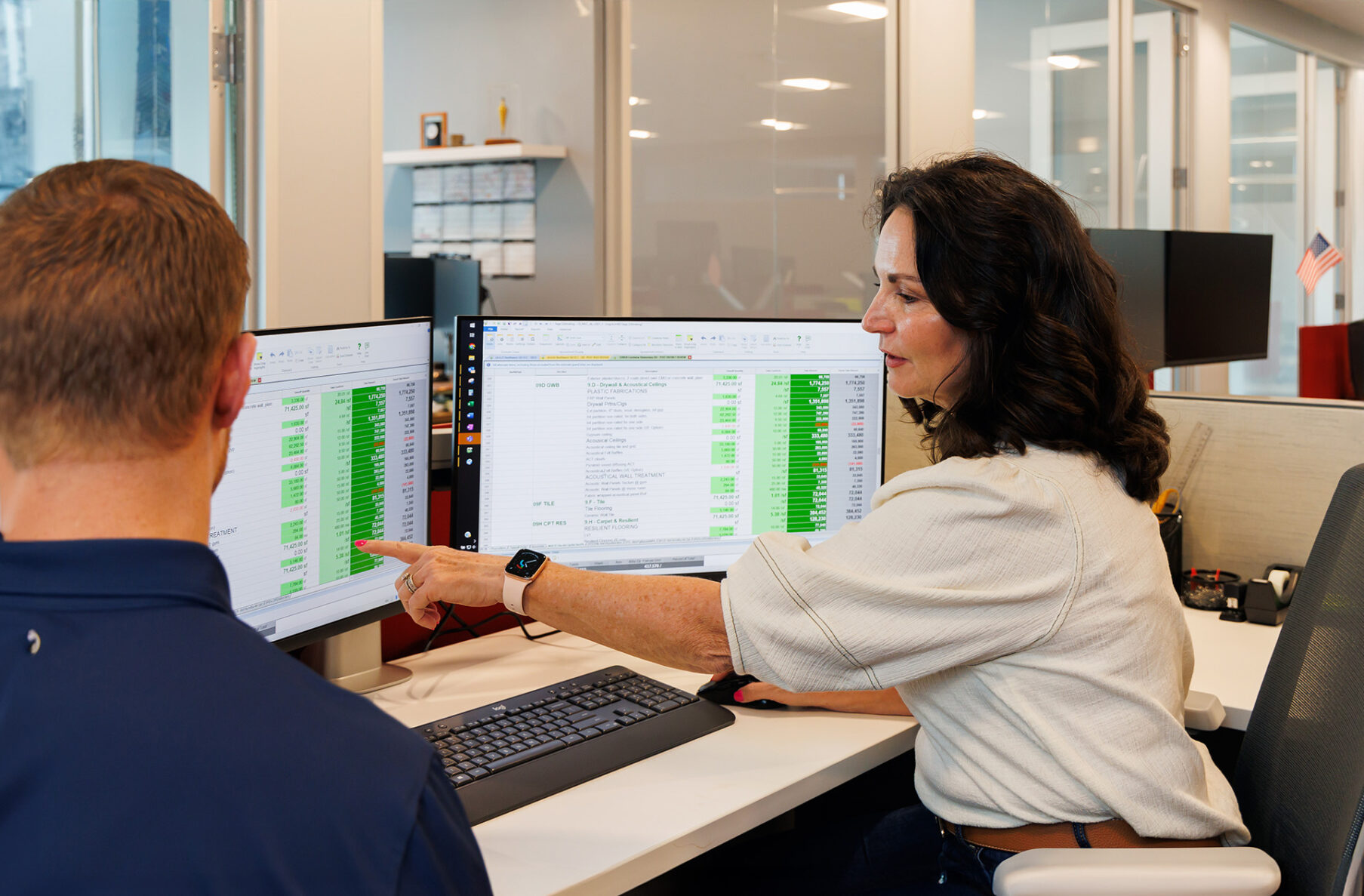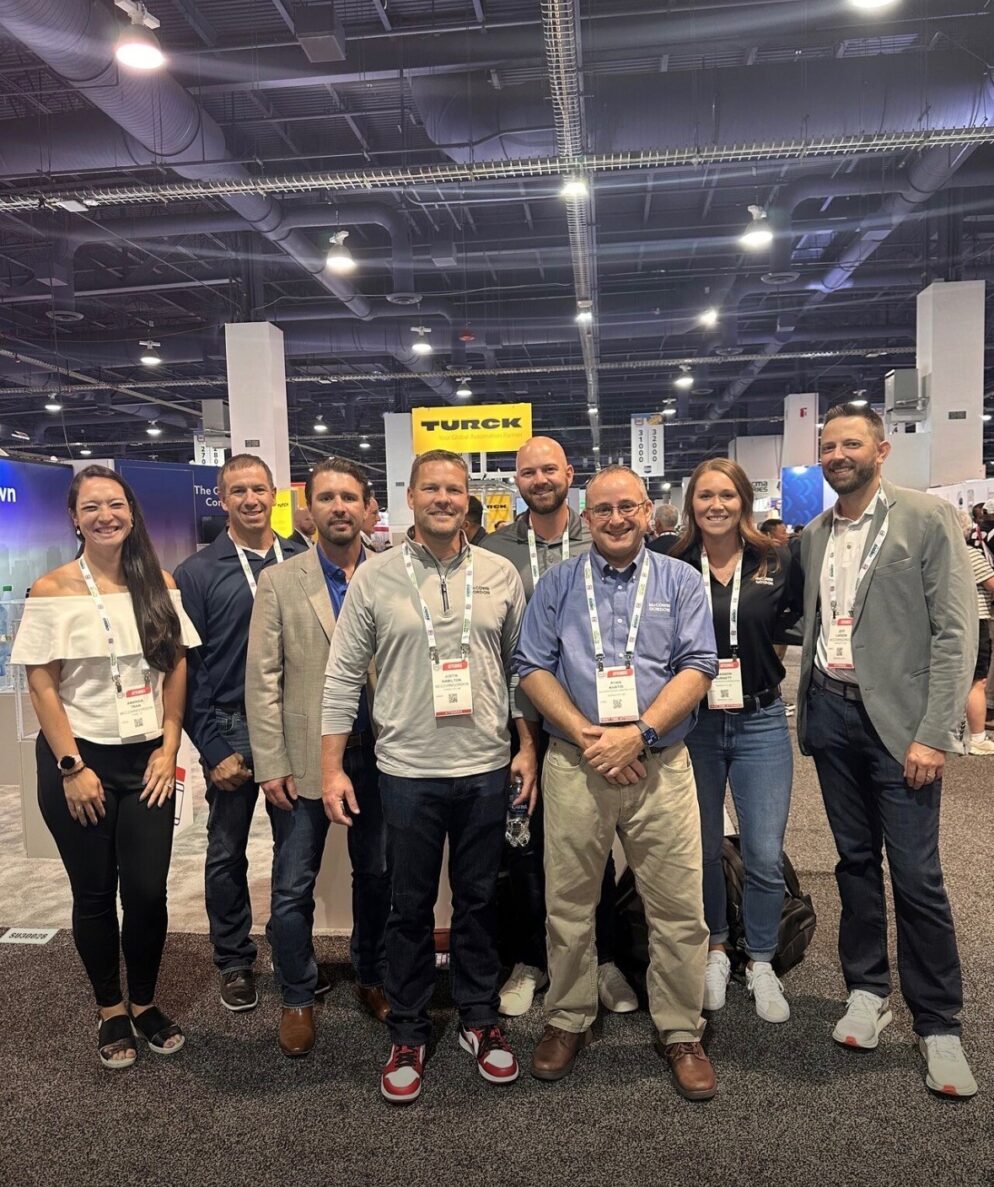The Pitfall of Pinning Hopes on Rough Numbers
Why Manufacturing Clients Shouldn't Rely Solely on ROM Estimates

In the complex world of manufacturing capital project delivery, decision-makers often find themselves at a crossroads when initiating new projects: how do you determine who the right partner is for your facility, process or packaging project? One of the earliest pieces of information they often receive is the Rough Order of Magnitude (ROM) estimate. While ROMs serve a purpose, using them as the primary basis for selecting a design-build firm can lead to costly misconceptions, schedule and budget overruns, and project failures. This article explores why clients should look beyond ROM estimates when making crucial manufacturing design and construction buying decisions and key aspects that can help inform such a critical purchase.

The Nature of ROMs
Imagine you’re planning a cross-country road trip. You ask a friend who made a similar journey five years ago how much it cost. They give you a ballpark figure, but can this truly be your budget? Factors like the route you choose, accommodation choices, current gas prices, your vehicle’s fuel efficiency and even your dining preferences will significantly impact what you can expect to spend. Similarly, ROM estimates for manufacturing capital projects provide a broad, initial glimpse of potential project costs based on limited information and historical data.
The Limitations of ROMs
- Broad Margins of Error: ROM estimates, often classified as Class 5 in the AACE standard, can have accuracy ranges from -50% up to +100%. This means a $10 million ROM could represent a project that ultimately costs anywhere from $5 million to $20 million. Such a wide range makes it an unreliable tool for final decision-making.
- Lack of Project-Specific Details: Early in the project lifecycle, many crucial details are unknown and often the program is in flux making scope difficult to price. ROMs may not account for site-specific challenges, evolving client requirements or market fluctuations that can significantly impact costs.
- Potential for Misalignment: Different firms may base their ROMs on varying assumptions, making direct comparisons misleading. One firm might provide an optimistic low-end estimate, while another offers a more conservative high-end figure. It’s often the firms that are less familiar with the complex nature of manufacturing construction that deliver lower ROMs, simply because the unexperienced don’t know what they don’t know.
- Overlooking Qualitative Factors: ROM estimates don’t capture crucial qualitative aspects like a firm’s expertise, innovation capabilities, or track record of successful project delivery.
The Nature of ROM-Based Decisions
Selecting a design-build firm based primarily on ROM estimates is akin to choosing a lifelong partner based solely on their dating profile picture. While it provides an initial impression, it fails to capture the depth, complexities and potential of the relationship.
- Budget Overruns: An artificially low ROM might win a bid but lead to significant cost overruns as the project progresses and realities set in.
- Scope Compromises: When actual costs exceed the ROM, clients might be forced to compromise on quality or program scope to stay within the set budget.
- Strained Relationships: Discrepancies between ROM and actual costs can lead to disputes, eroding trust between the client and the design-build firm.
- Missed Opportunities: Focusing solely on the lowest ROM might cause clients to overlook firms with innovative solutions or superior expertise that could provide better long-term value as a trusted partner.
A Better Approach
Instead of using ROM estimates as the primary decision-making tool, construction buyers in the manufacturing industry should:
- Use ROMs as Conversation Starters: Treat ROM estimates as a starting point for deeper discussions about project scope, potential challenges, and value-added solutions.
- Focus on Qualitative Factors: Evaluate firms based on their expertise, innovation capabilities, past performance and alignment with project goals.
- Request Detailed Breakdowns: As the project concept develops, ask for more detailed estimates that provide greater accuracy and insight into cost drivers.
- Consider Total Cost of Ownership: Look beyond initial construction costs to factors like operational efficiency, maintenance requirements, and long-term durability.
- Engage in Collaborative Planning: Work closely with potential construction partners to refine project scope and estimates iteratively. Innovations and efficiencies through materials, equipment and means and methods result from early collaboration.

While ROM estimates serve a purpose in initial project planning, they should not be the cornerstone of design and construction partner selection. By understanding the limitations of ROMs and adopting a more holistic approach to evaluation, clients can make more informed decisions that lead to successful project outcomes. Remember, in construction as in life, the cheapest option at first glance isn’t always the best value in the long run. Wise buyers look beyond the surface to uncover the true potential of their design and construction partners.




